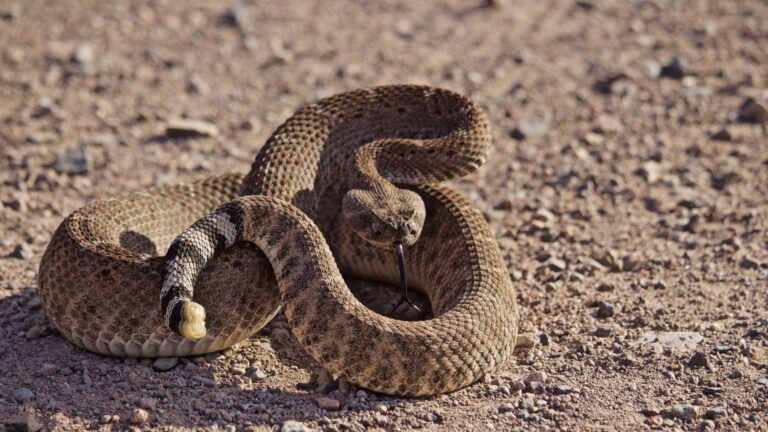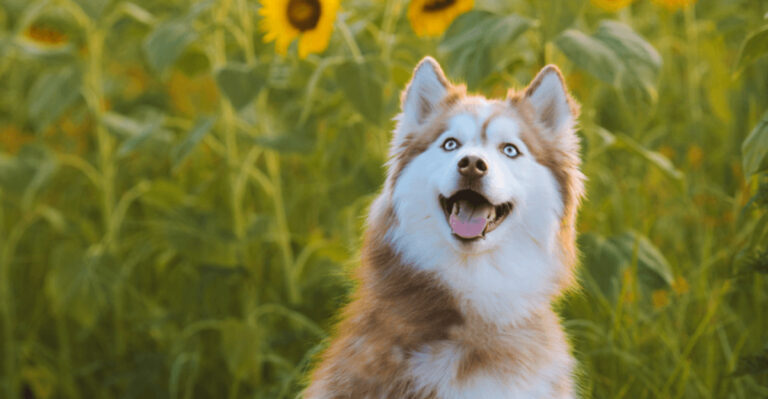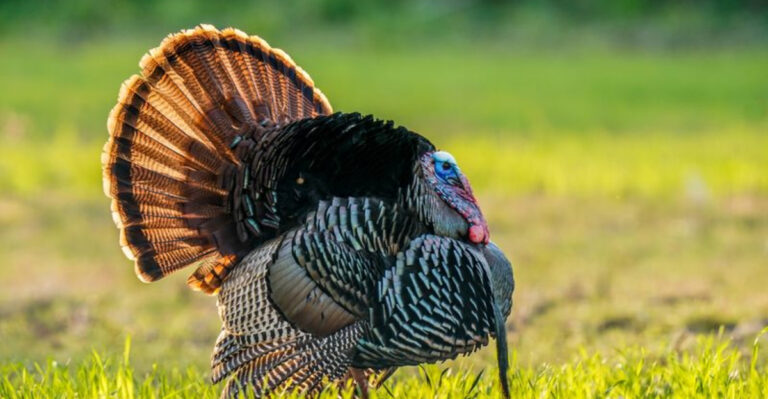8 Slowest Animals On Land (And 7 That Could Outrun A Cyclist)
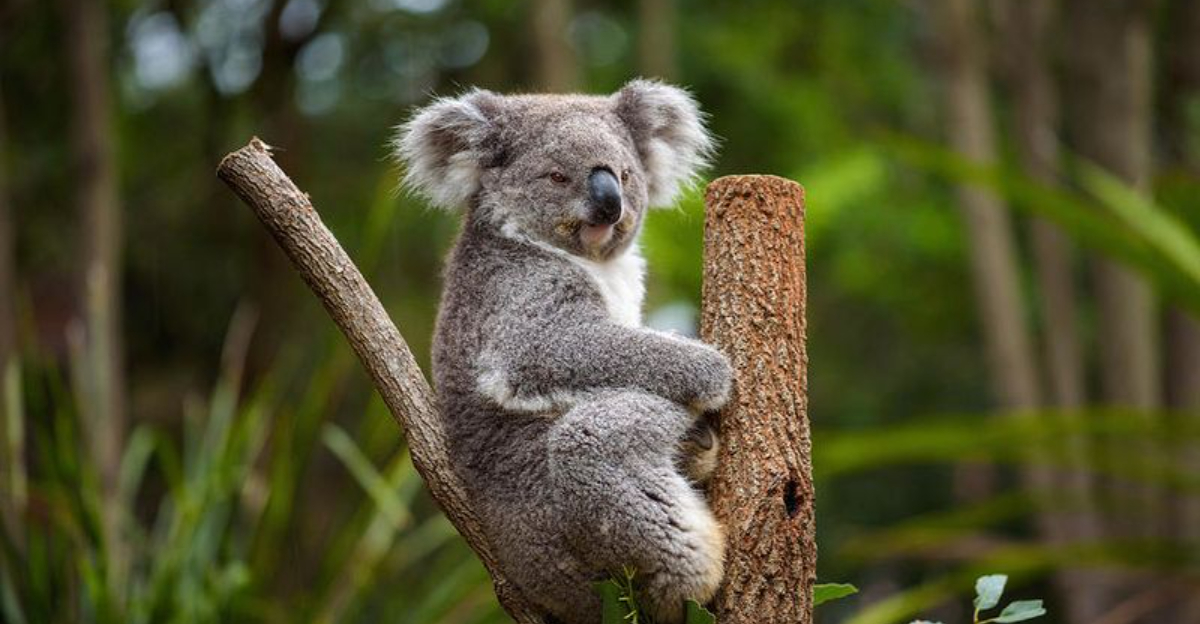
Nature offers a grand spectacle of speed and slowness. While some animals are built for rapid dashes, others take life at a leisurely pace. In this collection, we’ll explore the slowest land animals alongside speedsters that could challenge a cyclist.
This lineup isn’t just about their pace, but also the unique stories and characteristics that make each one fascinating. Let’s embark on this journey through the world of slowpokes and sprinters.
1. Sloth

Ever heard of someone being ‘as slow as a sloth’? These tree-dwelling creatures take their time, moving at a pace of just 0.15 miles per hour. Their slow metabolism is an adaptation to their low-energy diet of leaves.
Despite their sluggishness, sloths are surprisingly good swimmers. They are known to sleep up to 15 hours a day, often hanging upside down. Their unhurried nature has turned them into symbols of leisure.
2. Giant Tortoise
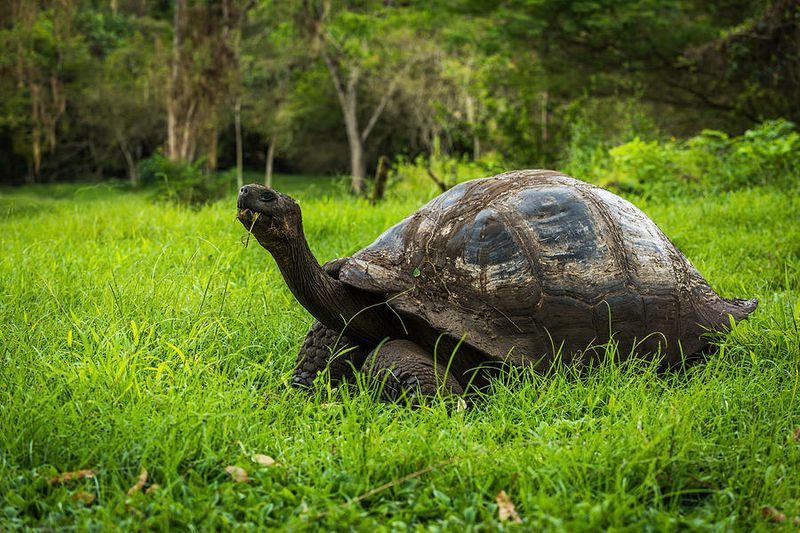
With a lifespan that can exceed 100 years, giant tortoises are in no rush. Found in places like the Galápagos Islands, they amble at a speed of 0.17 miles per hour.
Their heavy shells are both protection and burden, making speedy travel difficult. They spend their days grazing on grass and basking in the sun. These gentle giants remind us that sometimes, slow and steady truly wins the race.
3. Snail

Snails are the epitome of slowness, moving at a crawl of 0.03 miles per hour. These slimy creatures carry their homes on their backs, which adds to their sluggish pace.
Interestingly, snails play a vital role in the ecosystem by decomposing plant material. Their slow movement is complemented by keen sensory tentacles. Who knew such a slow traveler could be an essential part of nature’s cleanup crew?
4. Koala
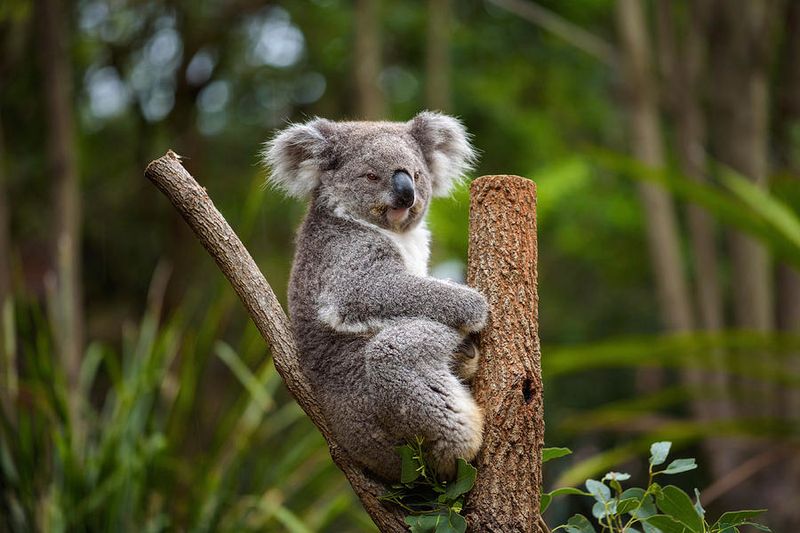
Koalas are known for their sleepy demeanor, spending up to 18 hours a day resting. They move slowly due to their energy-poor diet of eucalyptus leaves.
These marsupials are equipped with strong limbs for gripping tree branches, but they rarely rush. Their laid-back lifestyle and adorable appearance make them popular among animal lovers. Koalas remind us to take it easy and enjoy the little things in life.
5. Garden Snail
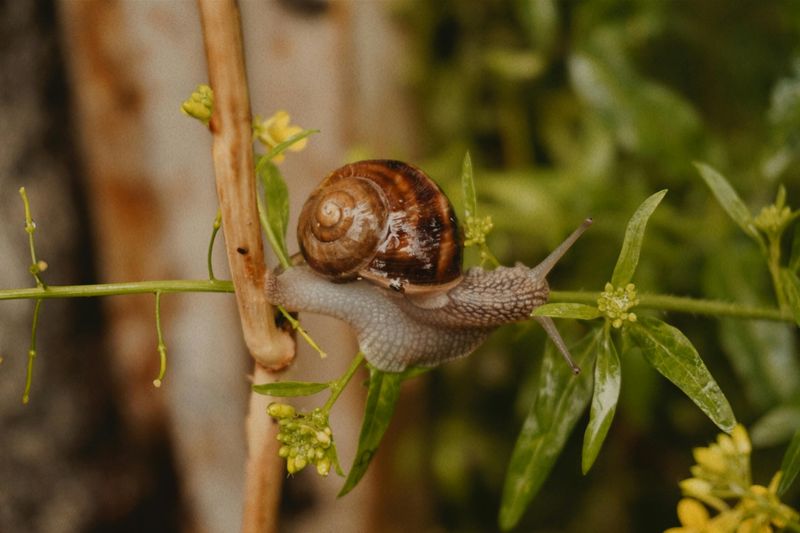
The garden snail is a pint-sized powerhouse of patience. With a speed of just 0.03 miles per hour, it navigates gardens with deliberate grace. Its spiral shell isn’t just for show; it provides a snug retreat.
These mollusks feed on plants, contributing to the garden’s health by processing organic material. The garden snail teaches us that even the smallest creatures have significant roles to play.
6. Three-Toed Sloth
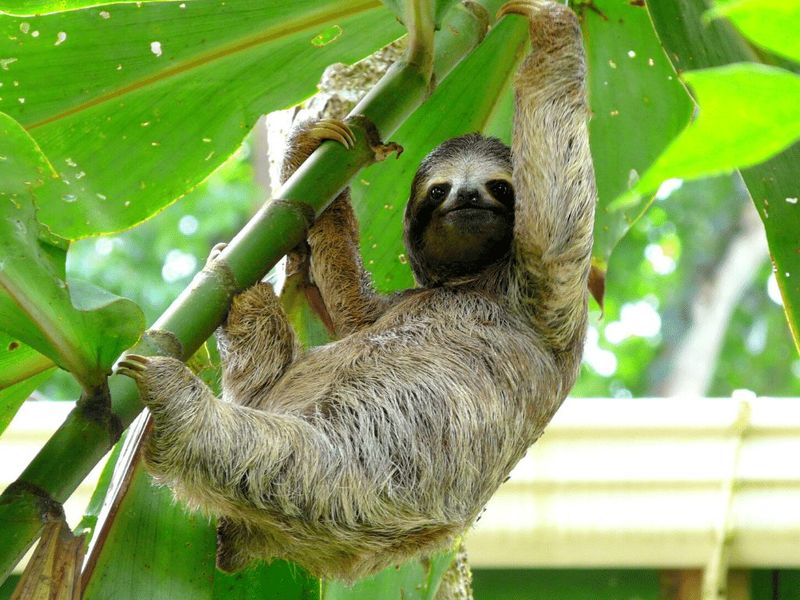
Three-toed sloths are masters of taking it easy, moving at a maximum speed of 0.15 miles per hour. Their slow lifestyle is an adaptation to their low-nutrient diet of leaves.
These endearing animals are well-camouflaged in their forest homes, often covered in algae. They’re not just sluggish; they’re also skilled at swimming. Such laid-back creatures remind us to appreciate life’s quiet moments.
7. Banana Slug

If you’ve ever encountered a banana slug, you’ll know they’re not in a hurry. These bright yellow slugs move at a pace of 0.007 miles per hour.
Their mucus helps them glide along surfaces, protecting their soft bodies from harm. Despite their leisurely speed, banana slugs play a crucial role in the ecosystem by breaking down decomposing material. They’re a testament to the beauty of taking life slow.
8. Loris
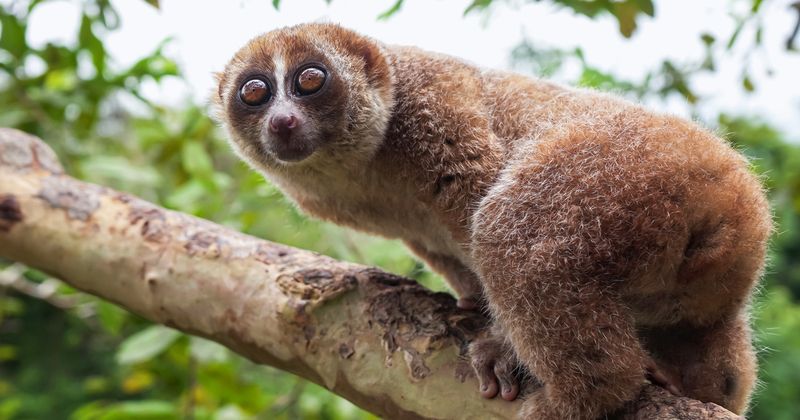
Lorises are small primates known for their deliberate movements. Their slow pace is a stealthy strategy to avoid predators. With a speed of just 1.2 miles per hour, they rely on precise and quiet navigation.
These nocturnal creatures have a toxic bite that deters enemies. The loris teaches us that sometimes, moving slowly and cautiously can be the best defense. Their big eyes and cautious nature make them unforgettable.
9. Cheetah
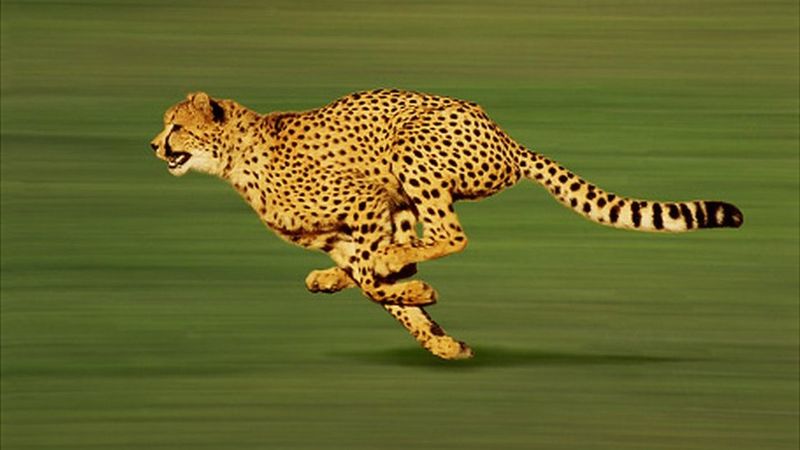
Ready, set, zoom! Cheetahs are the fastest land animals, reaching speeds up to 70 miles per hour. These spotted sprinters use their speed to catch prey in short bursts.
Their slender bodies and long tails aid in balance and acceleration. Despite their incredible speed, cheetahs are often solitary animals. Their ability to outrun everything (including cyclists) for short distances is nothing short of extraordinary.
10. Pronghorn Antelope
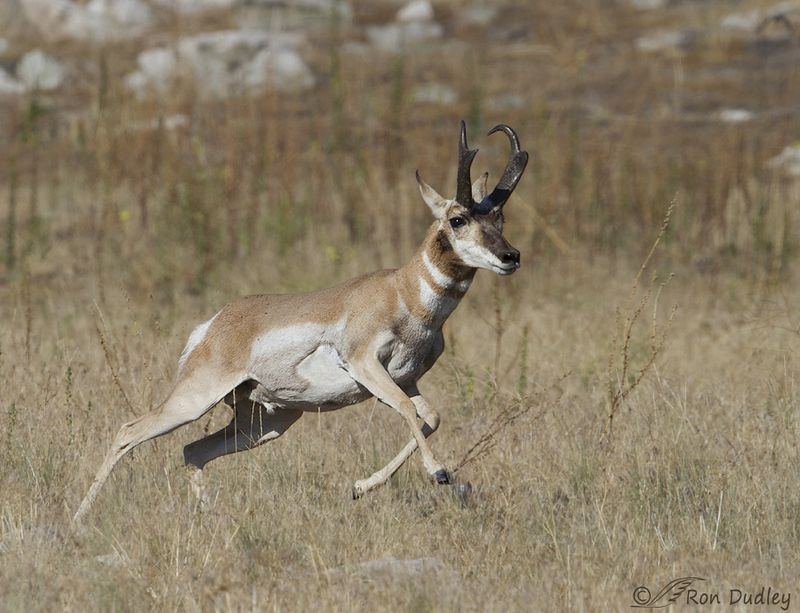
Pronghorns are like the marathon runners of the animal kingdom. While not as fast as cheetahs, they can sustain high speeds of 55 miles per hour over long distances.
Their endurance is unmatched, making them the second-fastest land animals. Pronghorns’ incredible speed and stamina allow them to evade predators with ease.
11. Greyhound

Greyhounds are the racehorses of the canine world, reaching speeds of up to 45 miles per hour. Known for their sleek bodies and long legs, they’re built for speed.
Despite their racing prowess, greyhounds are gentle and laid-back pets. Their bursts of speed are short-lived, but impressive. Greyhounds remind us that speed isn’t just about running fast; it’s about elegance and agility too.
12. Ostrich
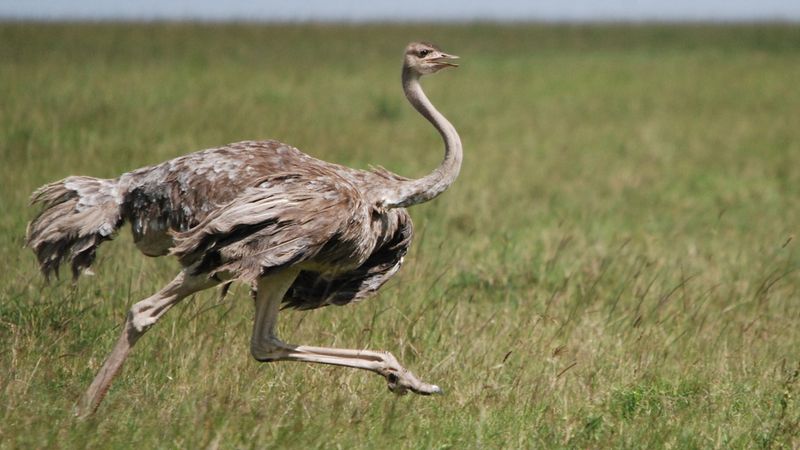
The ostrich, with its long legs and strong stride, can reach speeds of 43 miles per hour. These giant birds use their speed to escape predators in the wild.
Though they can’t fly, ostriches make up for it with impressive land speed. Their powerful running abilities and keen eyesight make them formidable opponents. Ostriches’ remarkable speed is a thrilling display of nature’s adaptability.
13. Kangaroo

Kangaroos are Australia’s hoppers, leaping at speeds up to 44 miles per hour. Their strong hind legs and tail provide balance and propulsion. These marsupials use their speed to cover large distances efficiently.
Kangaroos’ energetic leaps are a marvel to watch, showcasing their unique mode of travel. Their ability to move swiftly across the landscape is both practical and awe-inspiring.
14. Horse
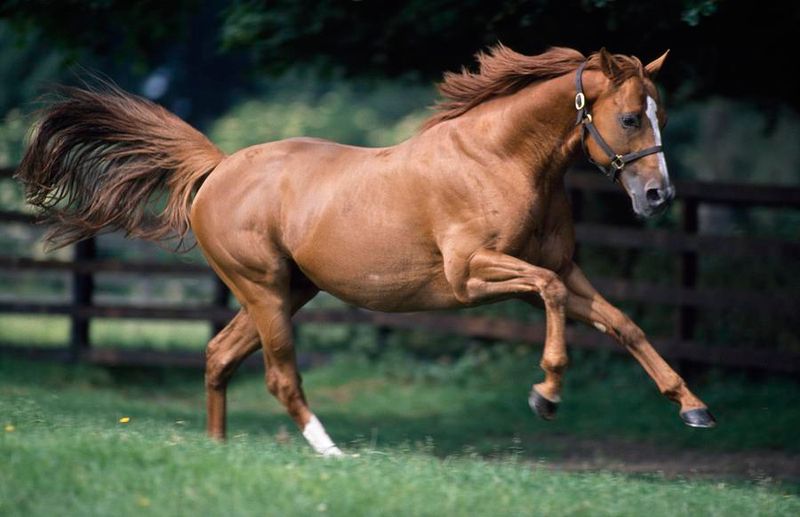
Horses, known for their grace and power, can reach speeds of 50 miles per hour. These majestic animals have been companions to humans for centuries, known for their strength and speed.
Whether in races or running wild, horses embody freedom and spirit. Their galloping speed and enduring partnership with humans make them truly special. Few sights are as exhilarating as a horse in full flight.
15. Wild Turkey

Wild turkeys might surprise you with their speed, reaching up to 20 miles per hour on the ground. While they prefer to walk, they can run when needed to escape threats.
Their ability to take quick, ground-covering strides showcases their adaptability. Turkeys’ agility and quick thinking help them survive in the wild. They’re a reminder that sometimes, speed and strategy go hand in hand.



